- AdventHealth for Children
In the heart of Central Florida, Florida Hospital for Children is leading the way in education that will save lives from an infection that is highly fatal but 100 percent preventable. Primary Amebic Meningoencephalitis (PAM) is caused by the amoeba Naegleria fowleri (N. fowleri), commonly referred to as the “brain eating amoeba.” Florida ties with Texas in having the highest number of cases nationally. Minutes matter in the treatment of PAM, so Florida Hospital for Children has made it a priority to put processes and tools in place that lead to quick detection of this condition and clinical decision making.
Florida Hospital has developed and implemented an alert in the EMR that reminds providers to ask questions about freshwater exposure when ordering a cerebrospinal fluid (CSF) test. In addition, the hospital has developed a care pathway that delineates the management of a suspected PAM patient. Since time is critical to survival, the new “Amoeba Alert” is akin to a stroke protocol or a STEMI alert and is standardized across our network emergency departments.
Many of these important changes can be attributed to the collective work done over the past three years at the annual Amoeba Summit, hosted and founded by the Jordan Smelski Foundation for Amoeba Awareness in collaboration with Florida Hospital for Children to bring national attention to the dangers of N. fowleri and PAM, which took young Jordan’s life in 2014.
The Amoeba Summit includes presentations by national experts, as well as workgroups in prevention and awareness, early detection and treatment and research. The annual event is also sponsored by the Florida Department of Health in Seminole County, in partnership with the Florida Department of Health in Orange County.
The Fifth Survivor
In the past 50 years, only four people have survived the country’s reported 143 cases of PAM, according to the CDC. Sebastian DeLeon — treated last year at Florida Hospital for Children — is one of them. DeLeon is one of only a handful of reported survivors throughout the country and is thriving today. Many of the clinicians and caregivers who attended the first Amoeba Summit were involved in the case.
In 2015, Shiela Black — a lab coordinator at Florida Hospital Orlando — attended the very first Amoeba Summit. Fast forward about one year to Sunday, August 7, 2016, when Black received a spinal fluid sample from a pediatric patient. “I literally put my chamber to the side, and I saw the name and age and said to myself, ‘I need to go back and take a longer look,’” Black explained.
That’s when she saw the movement of a single amoeba. This set in motion a series of events that ultimately saved the life of 17-year-old DeLeon. Numerous specialties came together including critical care, pharmacy, emergency and infection control, leading to his recovery. “If you’re not consciously looking for [the amoeba], you can miss it, because it looks like a white cell,” Black said. “You have to be actively looking for amoeba.”
More About PAM
Primary Amebic Meningoencephalitis (PAM) is caused by the amoeba Naegleria fowleri. Because the infection is uncommon, even during the summertime, there is often a low index of suspicion, as early symptoms are non-specific and quite often mimic bacterial or viral meningitis. The infection occurs when amoeba-contaminated freshwater contacts nasal mucosa. The amoeba can penetrate nasal mucosa, travel along the olfactory nerves and cross the cribriform plate, entering the brain.
Symptoms usually start one to nine days after nasal exposure to Naegleria-containing water. Initial symptoms may include headache, fever, nausea or vomiting. Later symptoms can include stiff neck, confusion, lack of attention to people and surroundings, loss of balance, seizures and hallucinations. The median time from the onset of symptoms to death is five days. The fatality rate of this rapidly developing infection is over 97 percent.
Despite these facts, successful case outcomes are possible. The U.S. Centers for Disease Control and Prevention (CDC) recommends treatment with a combination of drugs as early as possible for the best chance of survival. Typical treatment includes both killing the amoeba using medication — including miltefosine — and reducing the swelling of the brain, inducing coma, administering steroids and lowering the body’s temperature.
Recent News
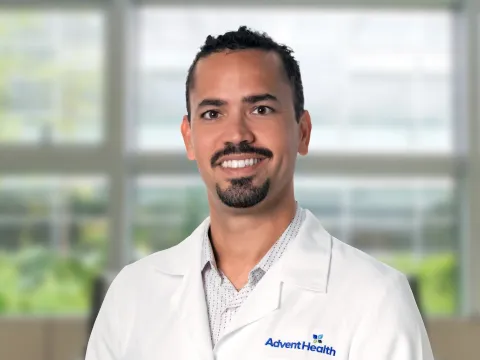
Albit Paoli, MD joins AdventHealth Medical Group Orthopedics & Sports Medicine
AdventHealth is pleased to announce that Albit Paoli, MD, has joined AdventHealth Medical Group Orthopedics & Sports Medicine at Calhoun and AdventHealth Medical Group Orthopedics & Sports Medicine at...

Dr. Phillips Center launches free Frontyard Holiday Festival supported by AdventHealth
The Dr. Phillips Center is launching its first-ever Frontyard Holiday Festival supported by AdventHealth.
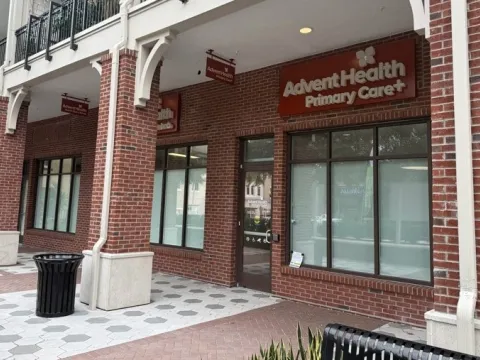
AdventHealth expands access to primary care in the heart of DeLand
AdventHealth has opened a new Primary Care+ location in the heart of downtown DeLand, giving residents a simple way to get everyday care close to where life happens. The primary care practice offers...
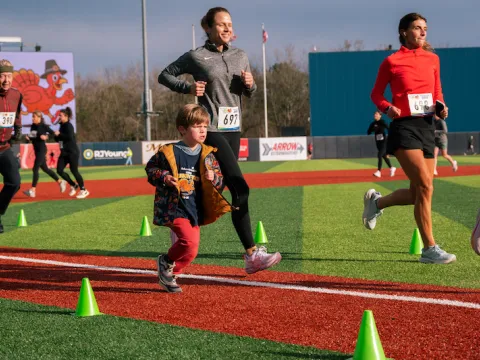
AdventHealth Rome Turkey Trot brings community together
Over 700 people gathered on Thanksgiving morning for the AdventHealth Rome Turkey Trot, raising $15,000 for Northwest Georgia Hunger Ministries.
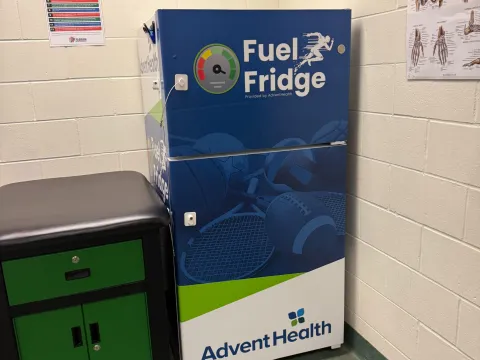
Fueling healthy futures for Flagler’s student athletes
Early practices, full class schedules, and evening games can push student athletes to their limits, and proper nutrition is essential to keeping them strong and focused. AdventHealth has introduced...
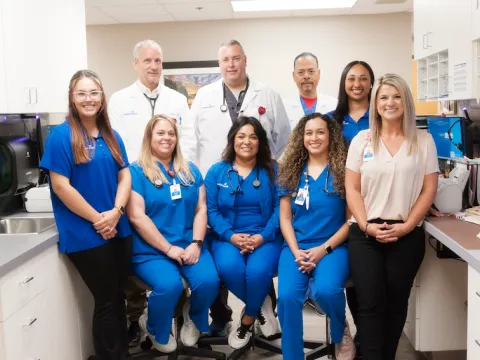
AHMG Cardiology at Dalton earns nuclear cardiology accreditation
AdventHealth Medical Group Cardiology at Dalton has earned a three-year accreditation in Nuclear Cardiology from the Intersocietal Accreditation Commission (IAC).
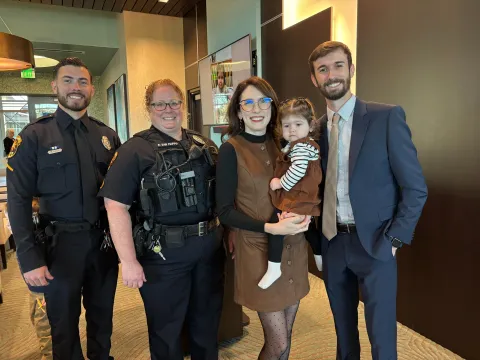
When seconds count: How a community of heroes saved one little girl
It was a day like any other — until the phone rang. For Ellison’s mom, that call froze time: “You need to get here right away.”

AdventHealth expands neurology services in West Volusia
Board-certified neurologist Dr. Zarmina Mufti has joined AdventHealth Medical Group and is now caring for patients at AdventHealth, expanding access to expert, whole-person neurological care for...

Central Florida organizations unite to ensure children and families facing food insecurity are fed over holiday break
AdventHealth, Orlando Magic, Florida Citrus Sports and Second Harvest Food Bank team up to support children across Orange, Osceola and Seminole counties.
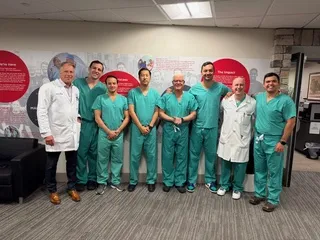
Pursuing excellence in knee surgery: Colorado Joint Replacement hosts Insall Traveling Fellowship
The international program that brings leading knee surgeons together to learn, collaborate and elevate the future of joint care.
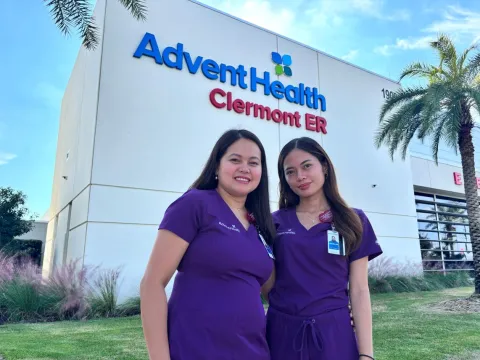
An ocean between them, and a calling that reunited them
After seven years apart, sisters Maricar Olsen and Ermeliza Ortiz were reunited in a place they both now call home. Their journey from the Philippines to Central Florida is a story of faith, family...
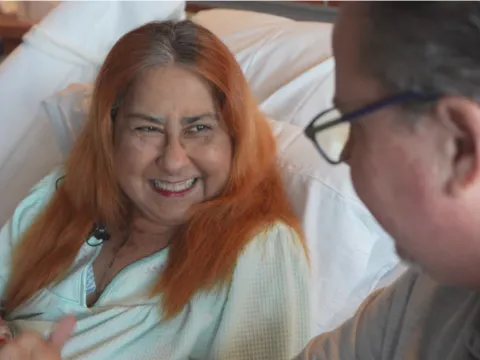
‘Definitely a miracle’: Puerto Rican woman receives rare heart-lung transplant in Florida
After only a month of waiting, Ivelese Nieves found herself among fewer than 70 patients nationwide each year who receive a rare, lifesaving operation.
